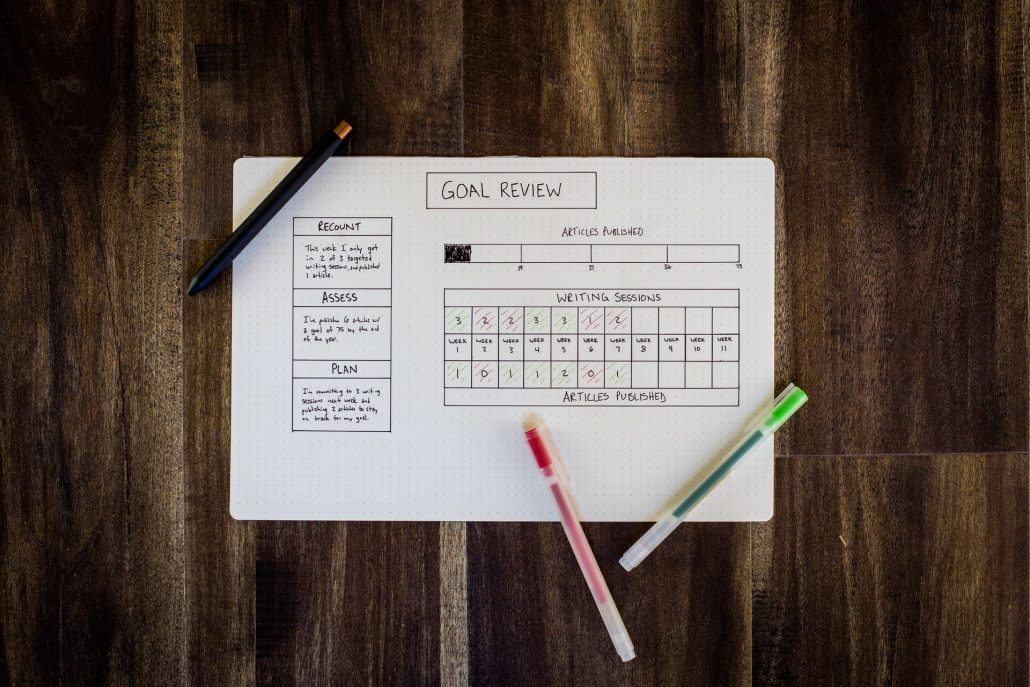Resilience Is Your Superpower
Jenny Reilly On Resilience
Jenny Reilly discusses the importance of professional resilience and how events in 2020 have been a test in resilience for all of us. Being resilient enables you to bounce back when things do not go as planned and helps you handle what life throws your way. Jenny describes resilience, why it is needed and strategies to develop and strengthen your level of resilience. For more information on participating in Jenny’s TEC Canada Small Business Peer Advisory Group in Vancouver, strategic business consulting, or executive coaching, please reach out to askme@jennyreilly.com or phone +1-604-616-1967.
RESILIENCE IS YOUR SUPERPOWER
2020 a Period of Great Resiliency
Resiliency is a relevant topic for us all today, as we navigate our way working through:
- the global pandemic
- the second lockdown in British Columbia, Canada
- the state of the worldwide economy
- the media coverage of our neighbours across the border. The angst around the lead up to and aftermath of the US Presidential election, and now Trump refusing to concede to Biden
- a new way of working and socializing where virtual meetings make up our days, wearing a mask, standing six foot apart, and reducing our professional and personal connections is our ‘new norm.’

Resilience Is Amazing
I have the opportunity to consult with small to mid-size companies and coach resilient small business owners and C-Suite leaders. I believe that RESILIENCE IS A REAL SUPERPOWER, almost like a muscle; we can build on our level of resilience to ensure it is beneficial in our professional and personal lives.
In this challenging time of COVID-19, for many, we have had to reassess our positions, or businesses, and be conscious of our vulnerabilities concerning the pandemic. We have had to foresee disruptions, leverage resources quickly, and ensure we have a real focus on our reserves and cash position.
What is Resilience?
Resilience helps us get back up after we have been knocked down, allows us to try again, and handle whatever life throws our way.

Why do we need to be resilient?
Being resilient enables us to move forward after a failure or disappointment. A resilient individual acknowledges a situation, learns from an experience and then can move on.
Being resilient enables us not to be paralyzed by an event, nor permit it to destroy our self-worth or confidence; instead, a resilient individual sees the opportunity for growth and a positive future. Resilient individuals are motivated and committed to moving forward in their professional and personal pursuits. They have a compelling reason to get out of bed each morning and take the next best step, rather than the alternative of dwelling and fixating on the past. Resilient individuals focus on events that they have control over and do not worry about the unforeseeable or uncontrollable.
Now that being said, I appreciate entirely that being resilient is not easy! Having a resilient mindset enables us to fail and be okay and acknowledge that life is not a perfect upward trajectory of professional and personal success. Being resilient enables us to aim high and go for our big hairy audacious goals, despite the risks involved.

Building your Resiliency Superpower
Resiliency does not come naturally; however, the good news is that you can strengthen your ability to have a resilient attitude and positive mindset.
Step 1: Self Awareness
- A good night’s sleep will help you manage your stress levels. You will wake with energy and be able to cope with demands and challenges more effectively.
- Balanced nutritious meals throughout the day. Eating well will ensure you do not become ‘hangry.’ Simply put, when we take care of what we put into our body, we can deal better physically with challenges as they arise.
- Getting in even a 20-minute walk daily (preferably outside rather than on a treadmill), being in the outdoors and moving will help your refresh, which in turn will increase your ability to focus and increase your levels of productivity.
- Being nice to yourself, by that, I mean stopping the negative self-talk as it occurs. This cognitive adjustment will help you change the way you think about situations and pivotal events as they occur.
Step 2: Awareness of Others:
- Responding and acting thoughtfully, calmly and logically with your colleagues and clients. Being a hothead, not listening or jumping to conclusions does not help anyone. How you react in a situation is your choice, so make it a priority. Being knowledgeable about those around you and aware of their needs is hugely beneficial.
Step 3: Being Conscious of the Resiliency Gap
- Knowing how resilient you are and measuring that against the resiliency levels of others around you may show a resiliency gap. Once a gap is identified, you then need to and work out how you can shorten it. This action’s payoff will be three-fold and be seen in long-term engagement, increased focus, and better bottom-line results.
Resiliency Self-Assessment and Personal Strategies
Three questions to rate your resiliency on a scale of 1-10 (10 being the highest):
- How resilient are you intellectually?
- How resilient are you emotionally?
- How do you cope when a door closes for you (maybe imagine the proverbial slammed door in your face)?
In each of the above three areas, what could you work on to increase your resiliency level in the future?
The following five questions can assist you in identifying your professional vulnerabilities and where you can be more resilient:
- Does this second lockdown pose an additional threat to my position or business?
- What disruptions can I foresee and prepare for in advance?
- How healthy are my financial reserves?
- What resources could I leverage quickly if needed?
- How will my team and customers/clients be impacted?

Building Your Resilience
Building upon your ‘Resiliency Superpower’ will help you see the positive possibilities moving forward. Although there have been many negatives that we have had to navigate through COVID, living through a pandemic has also provided the opportunity to hit a ‘refresh’ button on our professional and personal lives. What has the pandemic made possible for you? In what areas will you now focus on in your business and personal life moving forward?
Make everyday count!
For more information on Jenny Reilly Consulting, please email askme@jennyreilly.com, call +1-604-616-1967, or book a 15-minute discovery call directly through my Calendly appointment schedule.










